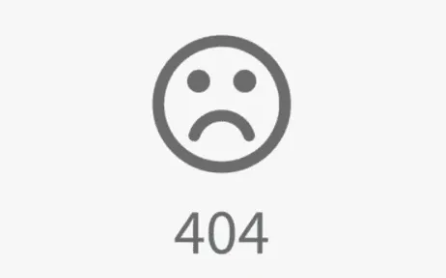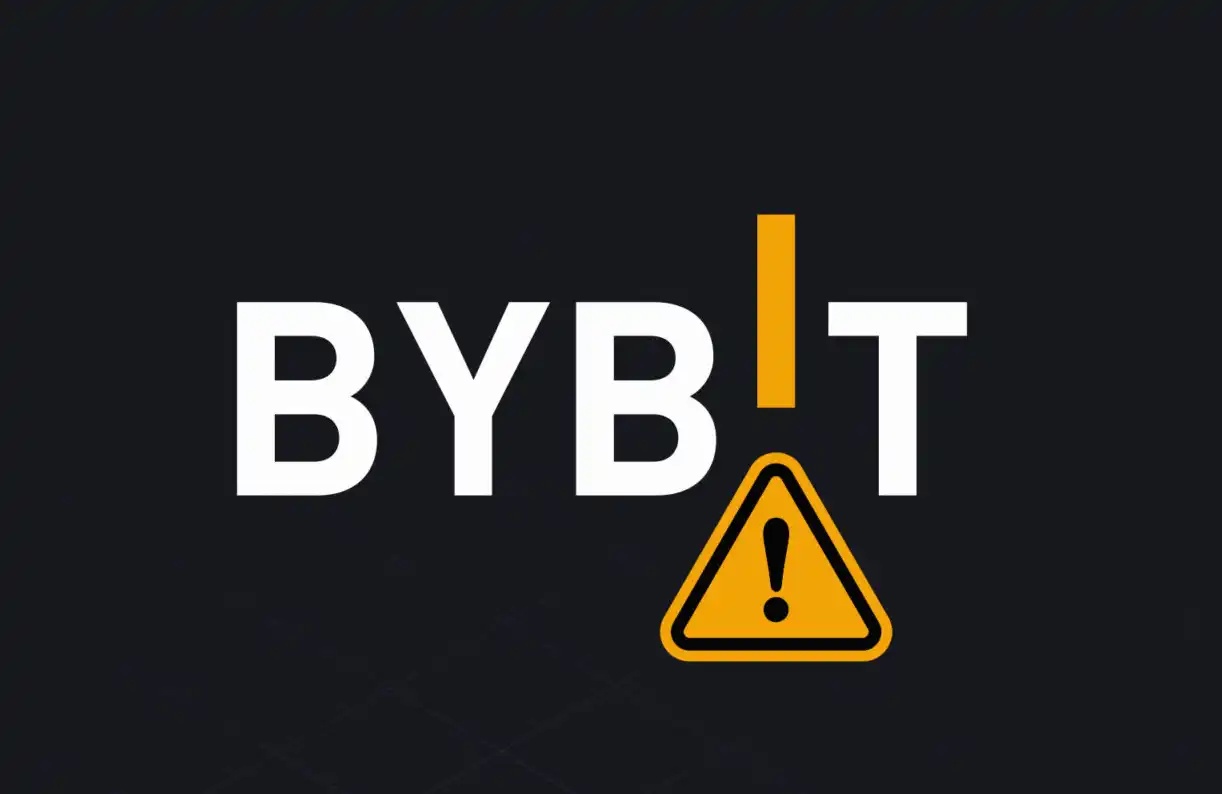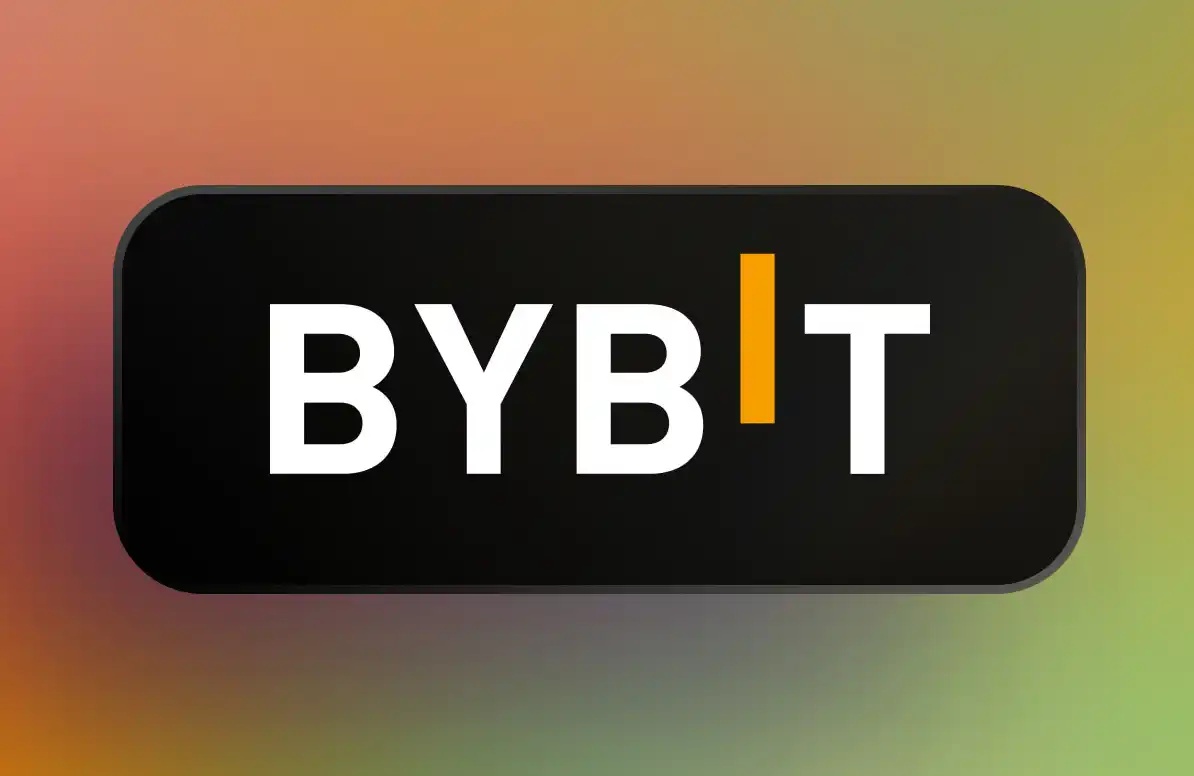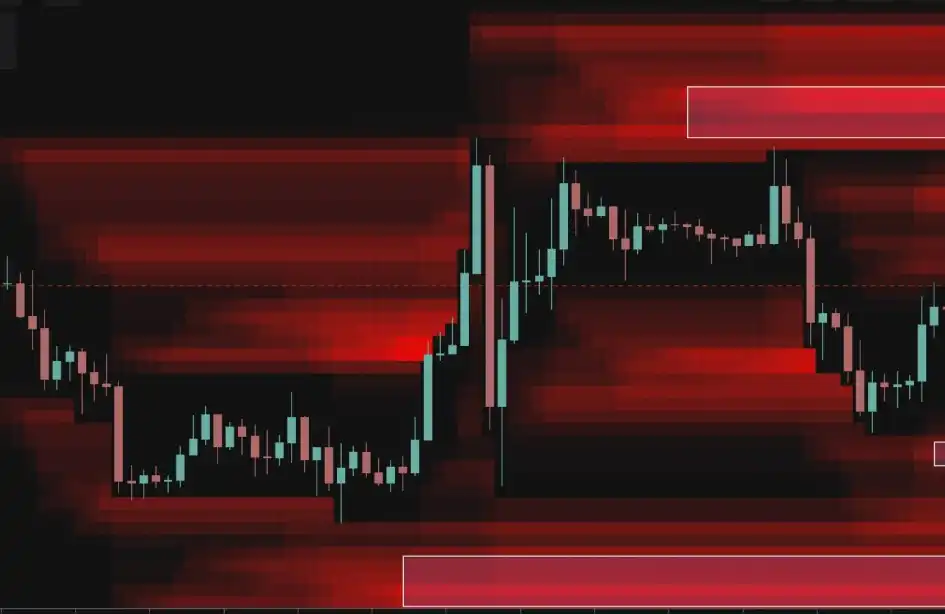To explore the public chain competition pattern, who has the advantage?
Original title: "Public Chain Competition II -- Random Thoughts"
Original author: Maco, W3.Hitchhiker; Revised by Evelyn, W3.Hitchhiker
preface
Based on a report on the comparison of the second line of public chain, combined with the latest Delphi milk text, the latest round of public chain competition has a new thinking. A summary of the last data comparison (without COSMOS/DOT) is as follows:
Integrated public chain and ecology: Sol & GT; Avalanche > Near > Bsc > Polygon > Ftm
This time only from the architecture of the comparison, added ETH/Cosmos/Dot, the view is basically the same as last time
From the perspective of architecture, the current mainstream public chain is divided into three categories: multi-chain, single-chain, special
Many chain
With horizontal or vertical scaling, another difference is whether to share state, security, and freedom tradeoff
Eth: L1 + L2
Advantages: Originator of smart contract platform; The safest chain; Most innovative and real users, currently ranked No. 1, no surprise
Disadvantages: expensive, slow, old structure, big ship is not easy to turn around
Dot: trunk + parallel
Benefits: More advanced architecture (XCMP, WASM); The awesome Gavin Wood; Safety; Ideally suited for "lazy teams" who don't need to worry about chain design (security & AMP; Economic model)
Disadvantages: Cost model puts pressure on "lazy teams"; Ecology is just beginning
Cosmos: Hub + zone
Advantages: More advanced architecture (Ibc, CosmosSDK); In line with the free and open spirit of Web3; The project side can make full use of the performance of the chain to do custom design (security & AMP; Economic model)
Disadvantages: loose organization structure, insufficient ability; Everything needs their own design, the development threshold is high; Ecology is just beginning
Avax: main network + subnet
Advantages: more money; Converged architecture (new consensus + overlapping verification network); Grab the EVM first; Ecological comprehensive
Disadvantages: There is no interaction between subnets. New gadgets are not common enough in bear markets
Polygon: POS + Hermez +...
Advantages: more money; Wide layout, advanced concept (ZK + POS + DA),
Disadvantages: The overall network concept is unknown; There is not enough consensus on new gadgets in a bear market; India team
In conclusion, we find that everyone is going in the direction of multi-chain, including ETH also changed to this line, multi-chain and modular must be the most mainstream direction. The question of which one to choose actually falls on the Impossible Triangle.
Category A: ETH, Dot, and Polygon
In fact, Dot and ETH are very similar, both rely on the main chain to complete state sharing and settlement, and ensure the sub-network (L2, parallel chain) security, but the cost is to follow the "big brother" go, pay "protection" and no autonomy, Polygon Supernet is also likely to be similar, so they are classified as A, If the project team chooses category A, their main concern is security, so what do Dot and Polygon have to compete with the battle-hardened ETH? Polygon's multi-solution + strong capital layout would also be greatly weakened by BSC in a similar direction. The problem with ETH is that the current route is rollup-centric, but there are three problems:
OP scheme currently has mediocre performance and will be improved in the future, but its landing is unknown
Zk solution has been given too high expectations, although all the solutions are in full development, but the real full function of the implementation of the individual doubts; And whether the future of ZK will be cooperation or competition with ETH is still in doubt
Many rollup schemes are separated from each other, and there is no original cross-chain and cooperation. Some ecosystems have the trend of migration/multi-chain -- if they are ambitious, they are too small to find another way (Dydx, Boba), which can be seen from the multi-ecology deployment of DeFi Blue chip
Class B: Cosmos
The concept of "super urban agglomeration" is constructed to maximize the decentralization, sacrificing part of the security, in exchange for the theoretical ecological level of decentralization (Dapp is not subject to the chain + avoid disasters caused by a single project) and the performance of more independent (Dapp exclusive chain). Flexibility/independence is a very important and often overlooked public chain trait:
From the performance point of view, a high performance chain will be one day by a strange NFTmint burst, and then affect the other chain activities;
In terms of security, the entire network is "segmented security" : since no one can guarantee absolute security, it is especially important to minimize the loss segmentation in the event of an accident. On the other hand, for the Dapp side, a very sensitive to the timeliness of Dapp certainly does not want its users due to chain upgrade or other unexpected circumstances will lead to the explosion of stock or other unexpected losses;
Creatively, autonomous Dapps can take advantage of underlying features and turn weaknesses into strengths. For example, MEV is a natural defect of decentralized systems, and before that, people were just trying to figure out how to eliminate it, but it was hard, whereas Cosmos is trying to figure out how to exploit it, which is much more ingenious. Rather than suppressing it, dredging it is also a good solution. For example, if the road is blocked, should we blow up the road directly, or try to open a road to clear it? There are many similar cases, such as zero gas fee transaction, LP asset as pledge node and so on. In the final analysis, it is the innovation of Cosmos sovereignty. So this bottom-up model encourages innovation, and blockchain encourages innovation the most;
Economically, Dot's model was, "Here, you all use me, I'm the best, pay me." Even ETH wouldn't dare to do that. It was an early form of egotism that was very difficult to accept from an evolutionary perspective. First, it is free to attract people (like Web2 companies to make money), and then slowly want to charge "protection money" when there are enough people to use it (Atom2.0), so the premise of Token enabling is that you have a good product that is "used". Therefore, I think independence and openness is the biggest coup of Cosmos over Dot and even ETH.
Category C: Avax
Avax is more like the intersection of categories A and B, both using Permissionless subnets and customizing fine-tuning; At the same time, it is "partially shared security" to enable the parent coin while helping the subnet cold start. The latest news: The original ETH layer 2 Boba is deployed to Avax (Boba also deployed test network on Moonbeam and Ftm before, the main direction of cooperation with Avax is game, combined with the Hybrid Compute concept of Boba, The official main push of an EvoVerses game), now Avax is also both subnet and rullup, from the architecture - ecology - capital, Avax is more like a diligent "good student", each indicator is not top, but win in balance, this type can not be ignored.
single
The focus is on parallel execution, but there are also both, adding multiple chains, such as Fuel
The smart contracts represented by EVM are executed serially. Because it can't give full play to the multi-thread performance of nodes, the network processing efficiency is low, which leads to long execution time and low TPS, while EVM is inherently not suitable for parallel execution. There are two directions for doing parallel execution:
Use UTXO model: The account model of Bitcoin is suitable for parallel processing, but it is not easy to realize complex transaction class, so it is basically suitable for payment field. But Cardano and Findora are already exploring this area
State model changes: The biggest challenge is the need to identify "separate transactions" and "linked transactions", which can be executed in parallel to greatly improve processing performance
Solana
The essence of all innovations is: minimize network communication consumption + adopt high performance nodes. Nature of parallelism - State model changes: Trades need to declare their "relevance" - which states the trade needs to change in order to perform well in parallel.
Cons: Fake decentralization; The extreme squeeze on node performance results in frequent outages due to single points of failure. Follow-up needs to focus on the effect of the implementation of the cost mechanism
Aptos
Use Blocks STM cache, use "optimistic execution", no need for trade statements to be "associative".
All transactions are executed in parallel without any difference at first. After execution, if a related transaction is found, it will be judged and executed again, and so on. This approach is developer-friendly (no need to apply for transaction relatability), but it doesn't speed things up if the entire block of transactions is linked, but officials say even this is no less efficient than serial execution
Parallel execution efficiency improved; Validation nodes change every epoch, unlike Sol, which is predictable and vulnerable to attack
On the user side, many Web2 user friendly measures have been made: transaction recognition, private key hybrid hosting
Sui
Similar to APTOS, but with the exception of requiring transactions to declare their "relevance" in advance.
Linera
Fewer technical details have been released and it appears to be more focused on payments
Fuel
Focus on modularity, only do the implementation layer, give up the consensus and DA layer, should be the L2 of ETH at present
Using the UTXO model, it is easy to do parallel execution
There are two problems common to parallel implementation schemes:
The extent of efficiency improvement: it mainly depends on the proportion of "connected transaction" on the chain. The larger the proportion, the more limited the improvement. According to ETH data, about 30% of current transactions are of this type. Therefore, based on ETH Gaslimit and BlockTime, parallel can improve 3-5X efficiency. Of course, chains with better Gaslimit and BlockTime can improve more (100X).
Centralization problem: More efficient execution means more pressure on hardware performance, leading to verifier centralization. While Aptos and Sui have remained silent on this issue, Fuel is actively interacting with ETH to solve the problem
With the exception of Sol, which has been proven in the market, the rest of this group is in its early stages, and the actual implementation and the problems it will cause will largely require a rollout. The Libra system will, in theory, have as many pitfalls as Sol. And capital is pushing too hard, wary of becoming a "death-or-death" project. Of course, there's a lot of innovation going on in the Libra system. The general response is that the language is easy to use, it's theoretically safer and easier to use, and it has developers + capital that needs to be kept in mind.
Fuel is more special, the need for in-depth research before drawing conclusions.
This category is currently only bullish on Solana: The EVM entry in the most prosperous ecological + highest single performance + ones with the best effect, the three "most" is enough to keep it attaches great importance to, can be seen from the observation also before Sol walked very clearly in a "not the etheric fang" road, all the actions needed to block chain properties, reduce user threshold, easy hot style project, But in the meantime watch where developers go and be wary of being sucked by Libra.
special
This category of public chain is difficult to simply divide not single chain/multi-chain, features are very prominent, the short board is also very obvious
Near
The main highlights are sharding; From the developer dimension reported earlier, momentum is strong
Disadvantages: the overall ecological development is slow at present; The fragmentation scheme of asynchronous contract call increases the complexity of the system, and the potential inefficiency and security risks caused by optimistic verification are also worth noting, and the future route is uncertain
Ar
The new paradigm public chain built by storage naturally comes with low-cost "class data availability". Under the iteration of SCP paradigm, it can theoretically achieve ultra-high TPS
Disadvantages: SCP security/decentralization may have limitations and may not be suitable for DeFi applications; Market acceptance is questionable; The infrastructure is in a very basic stage, and many standards are not uniform.
Attention should be paid to the construction and application of infrastructure around the SCP paradigm.
Bsc
Top flow + infinite bullets players + innovative and progressive CEO; Almost the second most prosperous ecosystem, the EVM-multi-chain ZK-BAB, has a weak technological innovation, but because of the "money" the superpower can also be put together into a more "suitable" solution.
It is also because of Binance's existence that Polygon, which plays similarly, is even less optimistic
In this category, there are many other distinctive chains, because it is still in the early stage, I will not introduce them all:
Also based on the store-based public chain Filecoin
Zk chain Mina
May apply to social ICP
TL; DR
Of course, factors not considered in the above analysis may also cause changes in the competitive landscape:
1. Capital push (Delphi suddenly milk Cosmos, Polygon/Sol/Avax splashing money flow)
2. The rise of super-DApps
According to the normal development, the public chain is ranked as follows: ETH & GT; COSMOS > SOL > AVAX > BSC > AR
However, it is important to note that the development of public chain VS apps may not be gradual. There are many factors that lead to "leapfrog" development, so it is necessary to maintain an unbiased view and experience of all apps/ecosystems.
The original link
欢迎加入律动 BlockBeats 官方社群:
Telegram 订阅群:https://t.me/theblockbeats
Telegram 交流群:https://t.me/BlockBeats_App
Twitter 官方账号:https://twitter.com/BlockBeatsAsia
 Forum
Forum OPRR
OPRR Finance
Finance
 Specials
Specials
 On-chain Eco
On-chain Eco
 Entry
Entry
 Podcasts
Podcasts
 Data
Data


 Summarized by AI
Summarized by AI












